
In cybersecurity, understanding the difference between a virus and malware is crucial. The terms are often used interchangeably, but they represent distinct concepts. This guide provides a comprehensive overview of the differences, helping you to protect your systems more effectively.
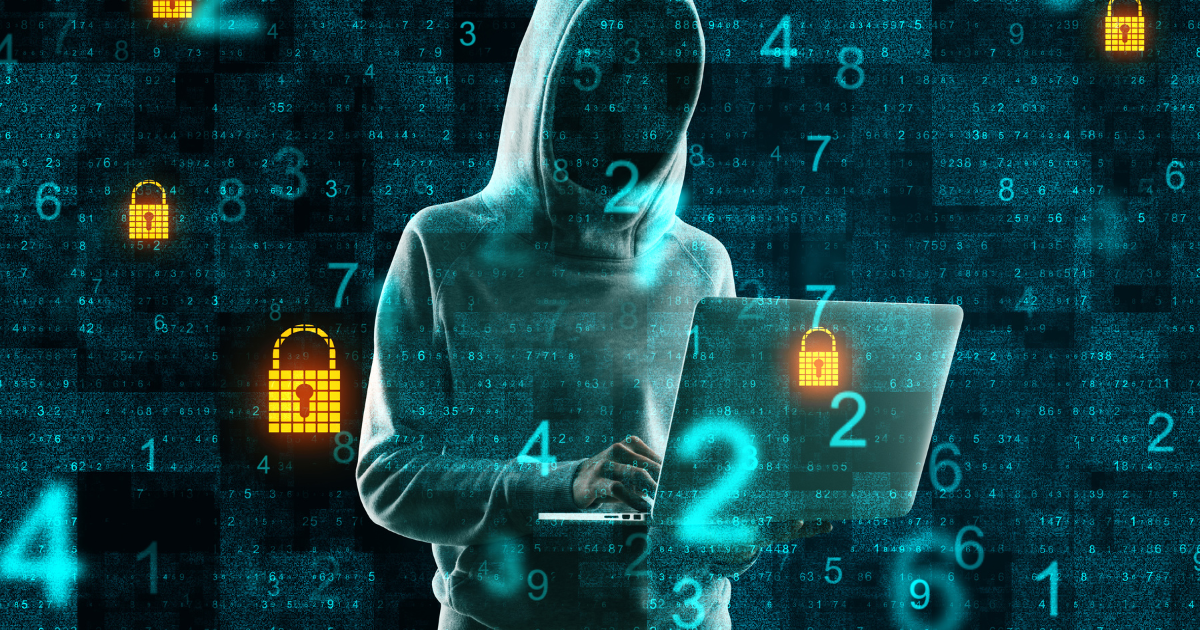
Malware, short for malicious software, is a broad term that encompasses any software designed to harm, exploit, or otherwise compromise computer systems, networks, and devices. This harmful software can perform a variety of malicious activities, such as stealing sensitive data, corrupting files, or gaining unauthorised access to systems.
Malware, including spyware, is specifically designed to gain access to or damage a computer without the owner’s knowledge.
Examples of malware include viruses, Trojan horses, spyware, adware, ransomware, worms, and rootkits.
A computer virus is a specific type of malware that attaches itself to legitimate files or programs. Similar to how a biological virus infects living cells, a computer virus infects files and executable programs. It self-replicates by inserting its code into other programs, allowing it to spread from one infected file to another. Activation typically requires user interaction, such as opening an infected file.
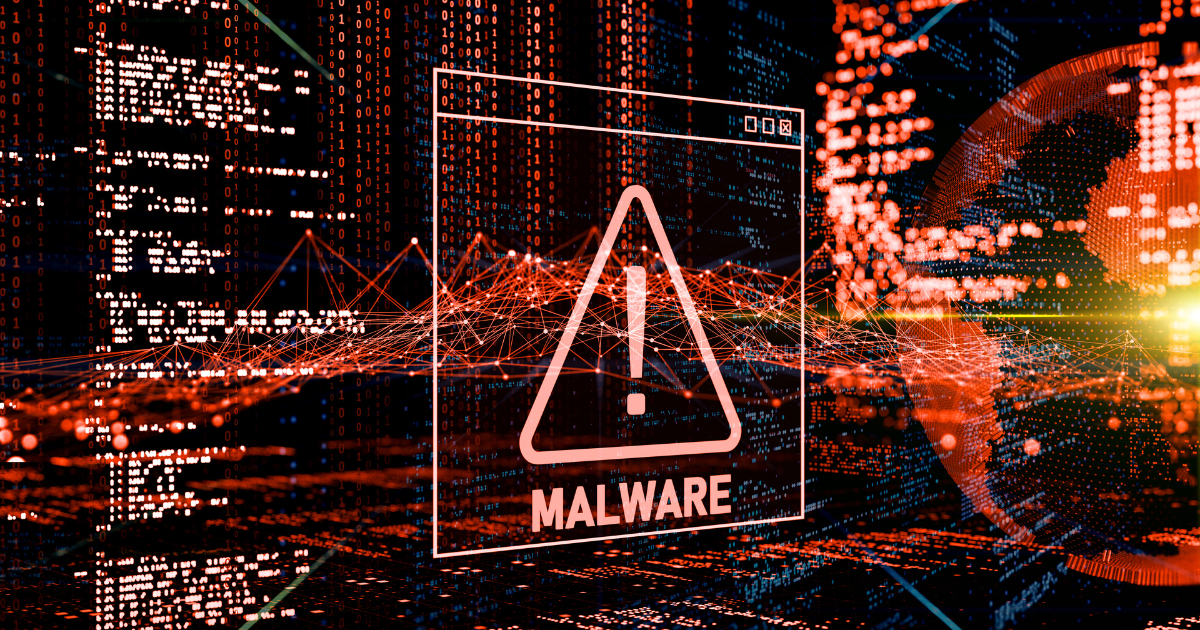
While all viruses are forms of malware, not all malware are viruses. This distinction is essential for implementing effective cybersecurity strategies. Understanding the difference between malware and viruses helps in deploying the right defences against specific threats.
Computer viruses rely on a host file and often require user action to become active. When a user opens an infected file, the virus’s malicious code is executed. The virus then self-replicates by injecting its code into other executable files on the system. This process can lead to widespread damage, including corrupted files and disrupted operations.
Understanding the different types of malware is crucial for recognising their unique threats and implementing appropriate defenses. Here are some key types:
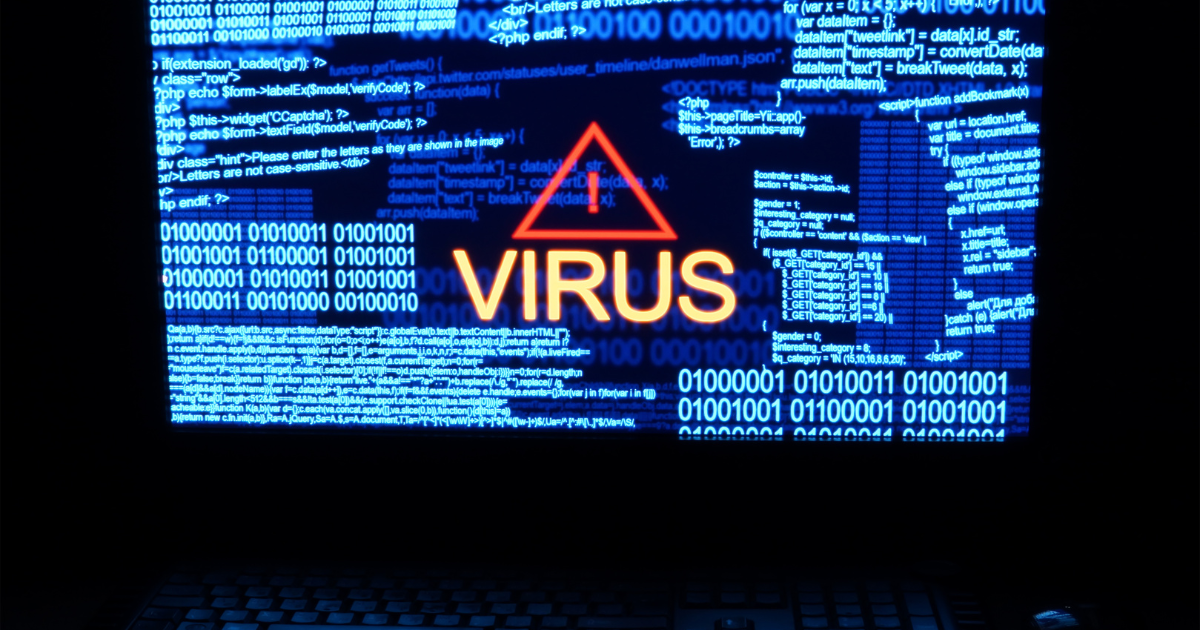
Malware can spread through various vectors, including infected websites and unsolicited links. Cybercriminals can compromise legitimate websites by embedding malicious code that infects visitors’ computers. Links in emails, messages, or advertisements can lead to malicious websites or trigger automatic malware downloads.
Downloading files from untrusted sources increases the risk of malware infection. Cybercriminals often disguise malware as legitimate files, tricking users into downloading and executing harmful software.

Regularly updating your operating system and software is crucial for cybersecurity. These updates often include patches for known security vulnerabilities, closing potential entry points for malware.
Backing up your data is an essential defence against ransomware attacks and other malware that can corrupt or delete files. Regular backups ensure you can restore your system and data in case of a malware attack.
Antivirus software plays a crucial role in protecting against malware and viruses. It scans your system for suspicious files and activities, blocking malware before it can cause harm. Reputable antivirus solutions offer comprehensive protection, including real-time scanning, automatic updates, and virus and malware removal.
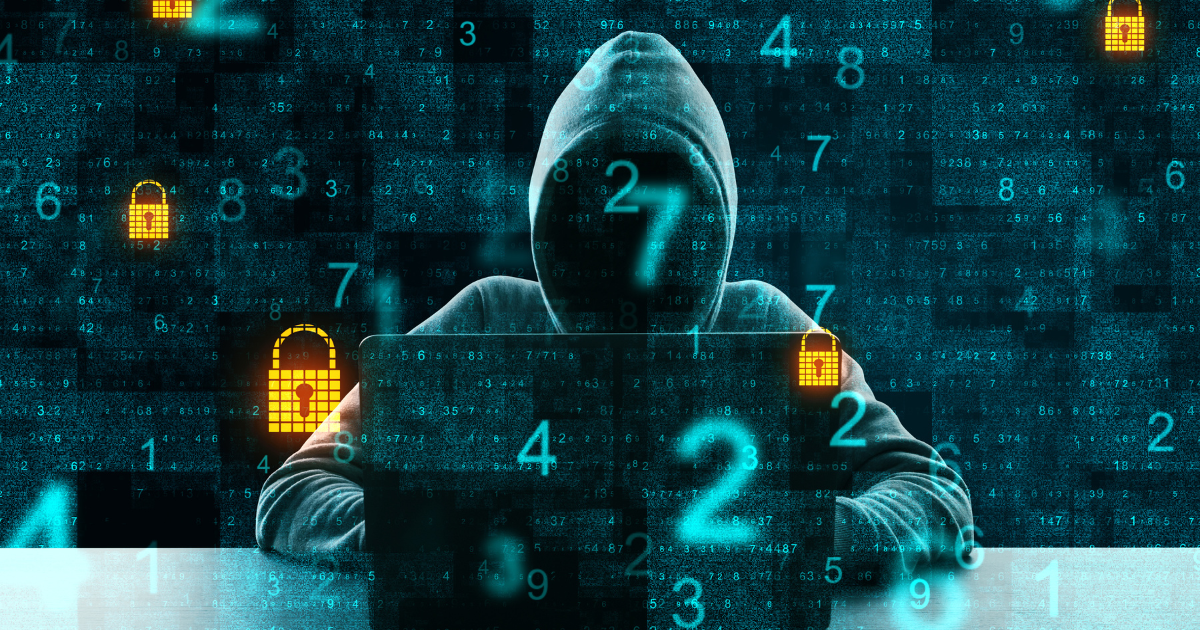
For businesses and individual users alike, antivirus software is a fundamental component of cybersecurity. It provides ongoing protection against a wide range of cyber threats, ensuring that your data remains secure.
Comprehensive security solutions like MalCare offer features such as automatic scanning, regular system checks to detect and remove malware, efficient tools to eliminate detected threats, and brute-force protection to guard against unauthorised access attempts.

Adhering to best practices significantly reduces the risk of malware infections. Avoid unsolicited links and email attachments, be cautious with links and email attachments from unknown sources, keep your OS and software updated by regularly installing updates to patch security vulnerabilities, maintain up-to-date backups to safeguard your data, avoid downloading files from suspicious websites, and invest in reliable antivirus solutions for ongoing protection.
If you suspect a malware infection, scan your system using antivirus software or security plugins like MalCare to perform a thorough scan. Follow recommended procedures to eliminate detected threats and use your backups to restore affected data and regain access to your system.
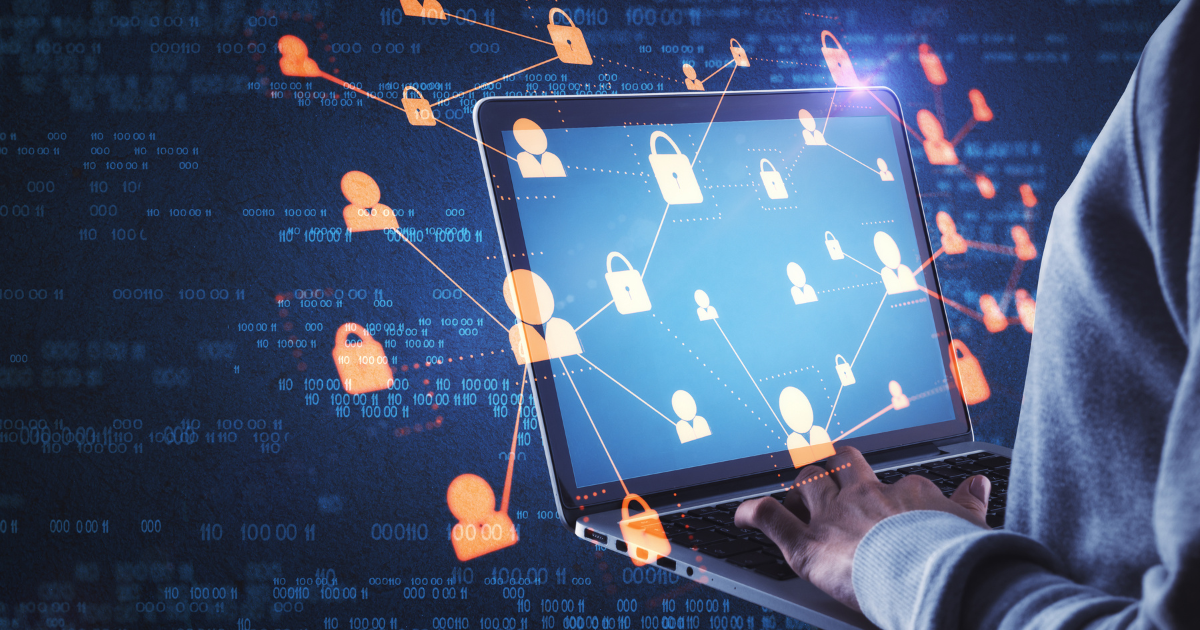
Polymorphic viruses are a particularly sophisticated type of malware that can modify their own code to evade detection by antivirus programs. These viruses can change their appearance each time they infect a new file, making them difficult to identify and remove.
Artificial Intelligence (AI) and machine learning are playing increasingly significant roles in cybersecurity. These technologies can analyze vast amounts of data to identify patterns and detect anomalies that may indicate a malware attack. AI can also help in developing more advanced antivirus solutions that can adapt to new threats in real-time.
As mobile devices become more integral to our daily lives, they have also become prime targets for malware attacks. Mobile malware can compromise personal data, track user activity, and even gain control over the device.
Ensuring that mobile devices are protected with up-to-date security software and regular updates is essential to safeguarding against these threats.
Given the variety and sophistication of modern cyber threats, relying on a single security measure is insufficient. A multi-layered security approach that includes antivirus software, firewalls, intrusion detection systems, and regular security audits provides a comprehensive defence against malware and viruses.
This approach helps to identify and mitigate threats at multiple points of entry, reducing the overall risk of a successful attack.
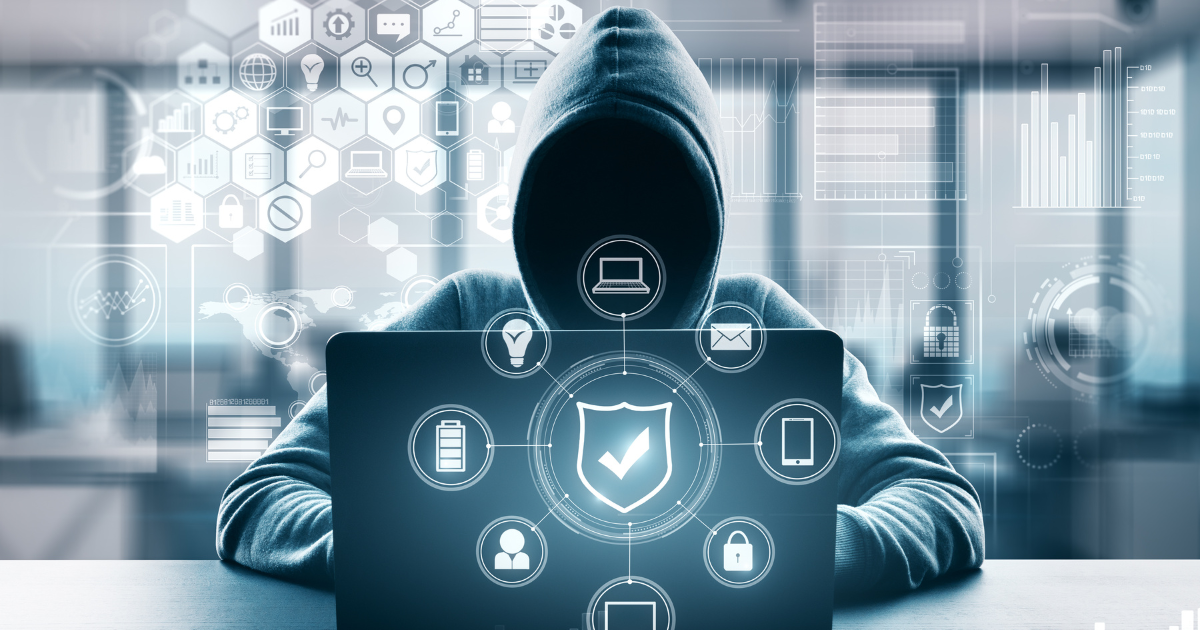
Cyber threats are constantly evolving, and so must our understanding and defence strategies. Regular training and awareness programs for employees and users are crucial. These programs should cover the latest phishing techniques, the importance of strong password management, and the steps to take if a suspicious activity is detected.
By fostering a culture of security awareness, organisations can significantly reduce their vulnerability to malware attacks.
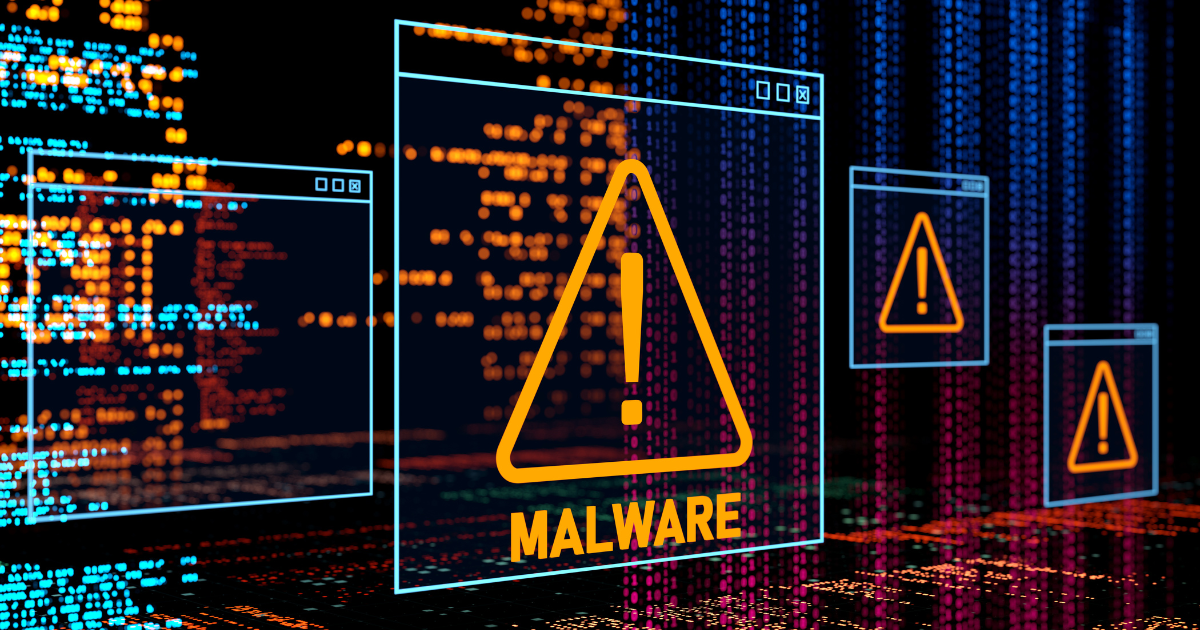
Looking ahead, advancements in AI and machine learning will likely dominate the future of cybersecurity, along with the integration of more sophisticated threat detection systems and the continuous development of more resilient security infrastructures. Staying ahead of cybercriminals requires not only advanced technology but also proactive strategies and a commitment to ongoing improvement in cybersecurity practices.

Understanding the difference between malware and viruses is fundamental for effective cybersecurity. By recognising the unique characteristics and behaviours of various types of malware, you can implement targeted defences to protect your systems and data.
At Euro Systems IT, we emphasise the importance of robust cybersecurity measures and continuous education to stay ahead of evolving threats. With a comprehensive security strategy and adherence to best practices, you can ensure the safety and integrity of your digital assets.
The cybersecurity landscape is ever-changing, and staying informed about the latest threats and protection strategies is crucial. By investing in advanced security solutions and maintaining vigilant cyber hygiene, you can defend against the diverse array of cyber threats that exist today.
Understanding the roles and functions of different types of malware, including viruses, and the importance of comprehensive cybersecurity measures is key to safeguarding digital environments.
Get in touch and a member of our team will get back to you as soon as possible:
"*" indicates required fields